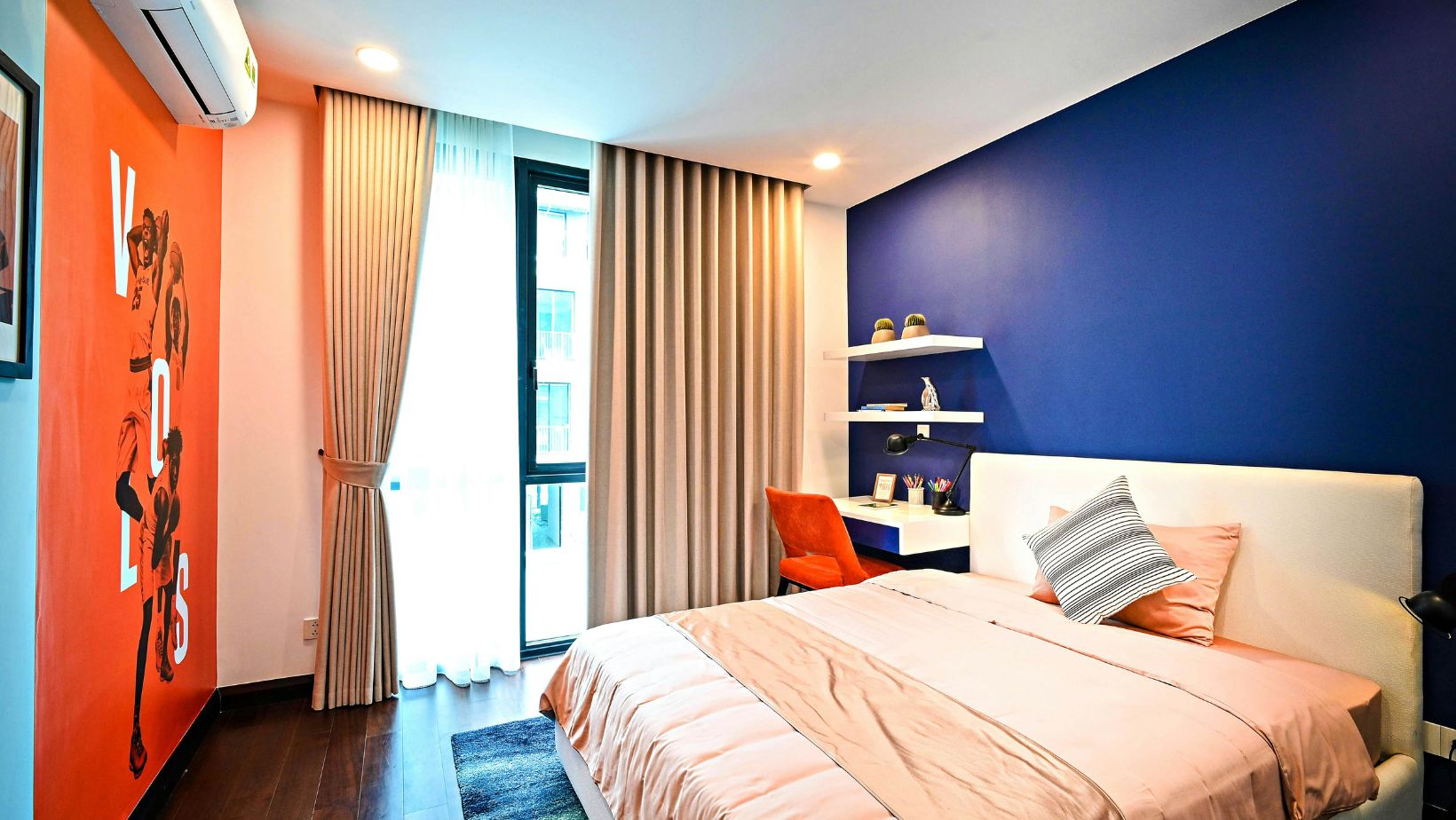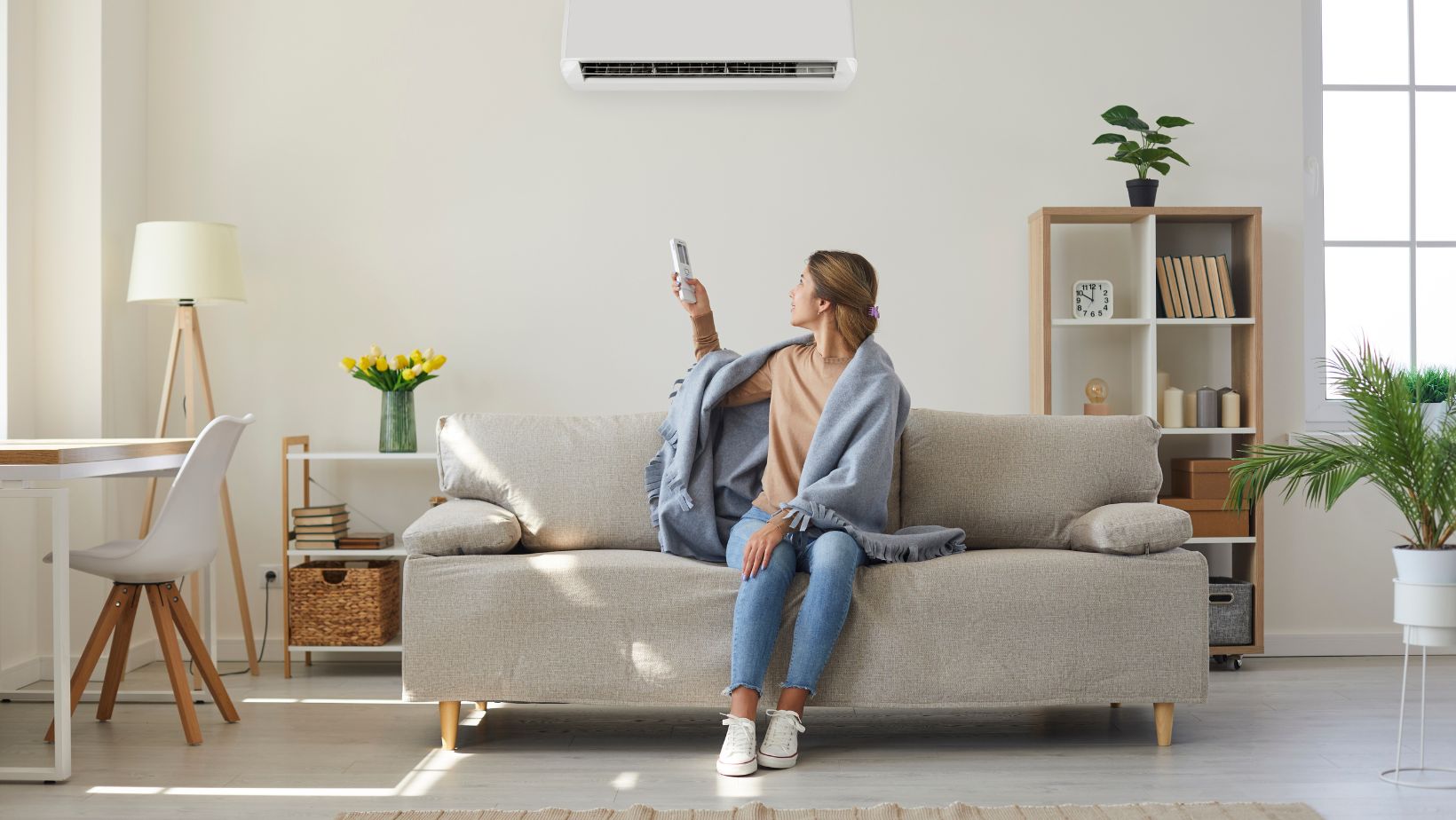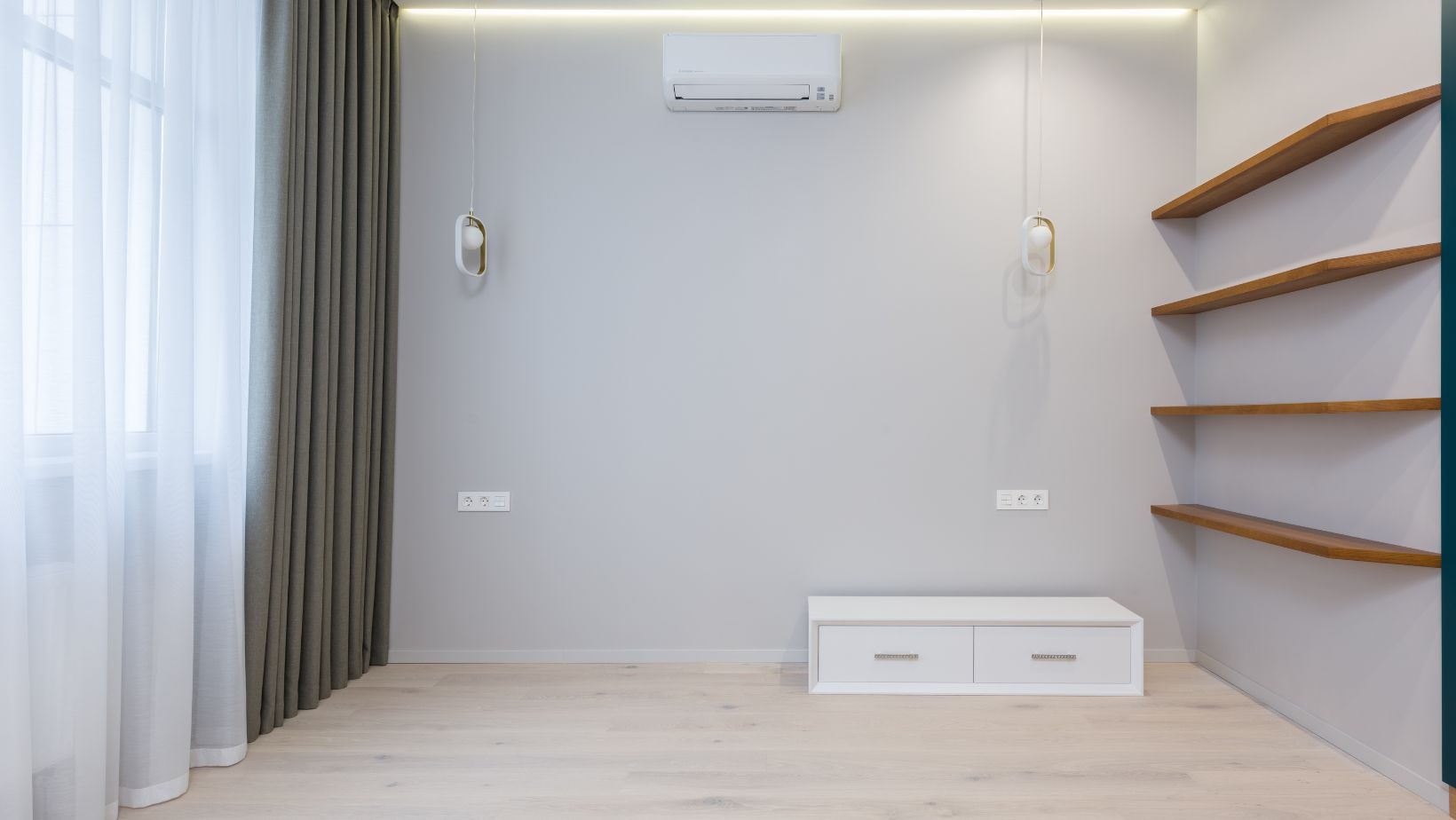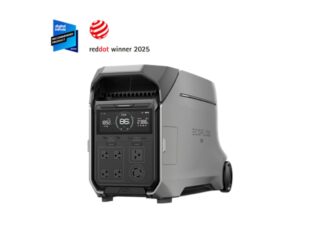
Stepping into your home should bring instant relief from the scorching heat outside. But wait—is your bedroom still too warm while the living room feels like Antarctica? This classic problem often comes down to one mistake: choosing the wrong size air conditioner (AC) for a space.
This blog will help you find the perfect AC size for your living spaces and give it the perfect addition. Let’s dive in!
The Cooling Power Puzzle Solved
Here’s what most air conditioner salespeople won’t tell you: bigger isn’t always better! An oversized AC performs worse than a properly sized one. It cycles on and off too frequently (called short-cycling), fails to remove humidity, and wastes electricity.
Meanwhile, undersized units run constantly without ever making you comfortable. They work overtime, wear out faster, and still leave you sweating. Therefore, it’s important to select the perfect size AC that works just fine!
Quick Calculation Methods That Work
Square footage provides your starting point for the perfect AC size calculations. The basic rule: you need roughly 20 BTUs (British Thermal Units) per square foot of living space. For that standard 12×15 bedroom (180 square feet), you’re looking at approximately 3,600 BTUs.
Real-world conditions demand adjustments:
- Sunny rooms need 10% more cooling power.
- Kitchens require an extra 4,000 BTUs to offset cooking heat.
- Each regular occupant adds about 600 BTUs
- High ceilings increase requirements by about 15% per extra foot
Room-By-Room Breakdown
Bedrooms need balanced cooling that’s quiet enough for sleep. For most standard bedrooms (150-250 sq ft), units between 6,000-8,000 BTUs work well. Look for models with sleep modes and quiet operation, like those compact units designed specifically for sleeping areas.

Living rooms typically require more substantial cooling due to their higher occupancy, larger windows, and electronics that generate heat. For spaces between 300 and 400 square feet, look toward the 10,000-12,000 BTU range.
Matching System Types to Your Space
- Split systems shine in permanent installations where quiet operation is crucial. The noisy components live outside, while only the quiet air handler remains indoors. They’re ideal for bedrooms, home offices, or anywhere quiet is important.
- Window units provide affordable solutions for single rooms, especially for renters who can’t modify walls. They’re easy to install but take up window space and might be prohibited in some housing communities.
- Portable air conditioners offer flexibility but typically deliver less cooling per BTU than fixed systems. They’re great for temporary situations or rooms where other AC types aren’t practical.
The Efficiency Factor You Can’t Ignore
The SEER rating (Seasonal Energy Efficiency Ratio) measures how efficiently your air conditioner converts electricity into cooling. Higher numbers mean lower operating costs—it’s that simple.
While budget units start around SEER 13-14, premium inverter models can reach SEER 20+.
Installation Traps to Avoid
Even a perfectly sized AC performs poorly when installed incorrectly. Watch out for these common installation mistakes:
- Incorrect placement that blocks airflow
- Improper sealing allows cool air to escape.
- Failing to level the unit, causing drainage problems
- Inadequate electrical circuits that cause performance issues

Professional installation may cost more upfront, but it prevents expensive problems down the road.
When One Unit Isn’t Enough
Larger or multi-level homes often benefit from multiple smaller air conditioners rather than one oversized unit. This zone-based approach allows customized comfort in different areas while potentially reducing overall energy usage.
Climate Considerations Matter
Humid regions need units with excellent moisture removal capabilities. Dry climates might benefit from systems with added humidification features. Your local climate should influence not just the size but the specific type of cooling system you choose.
Choosing a perfect size AC means finding the sweet spot between initial cost, operating efficiency, and comfort level. Take time to calculate your needs correctly, and your comfort (and wallet) will thank you for years to come!





